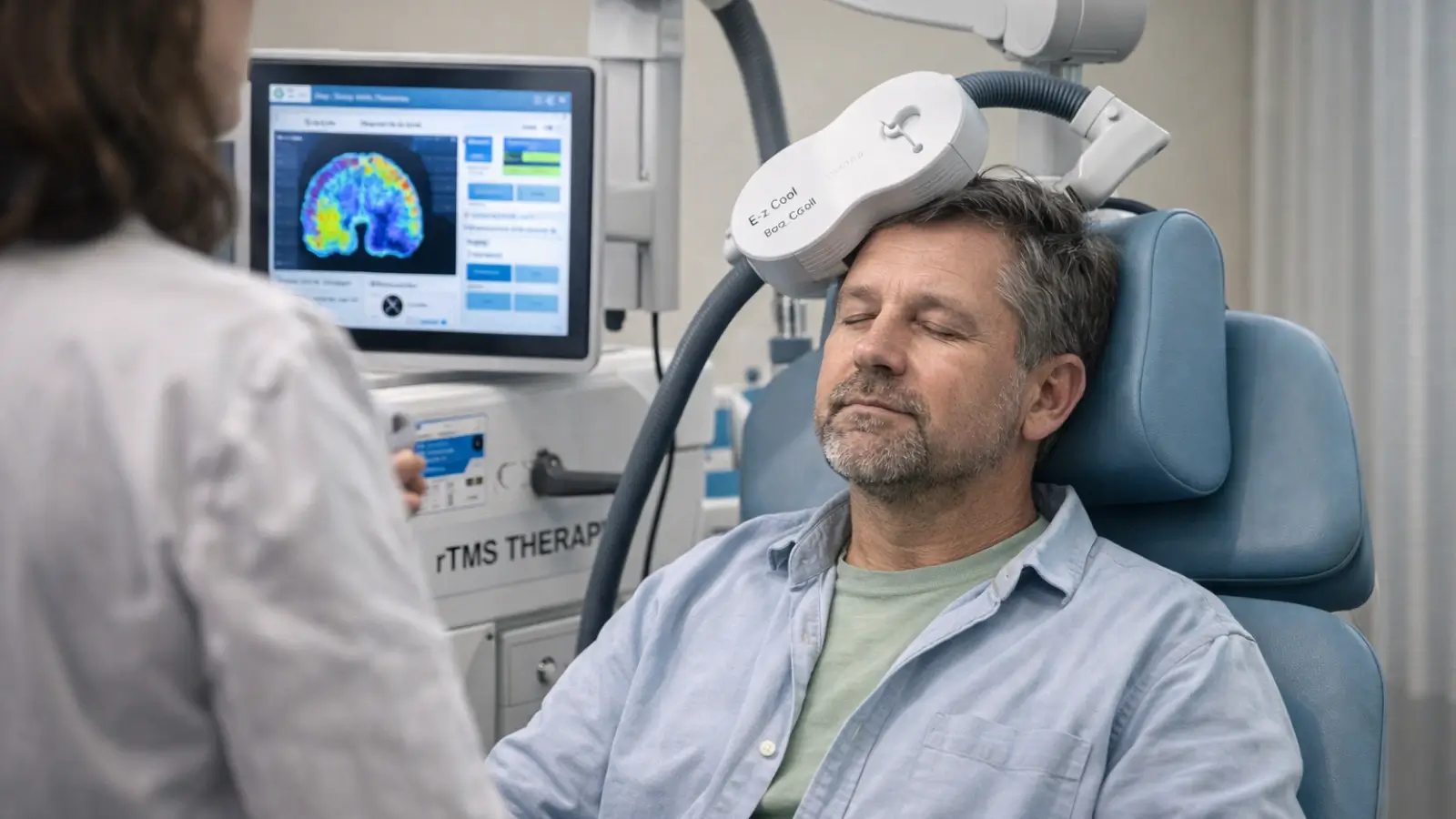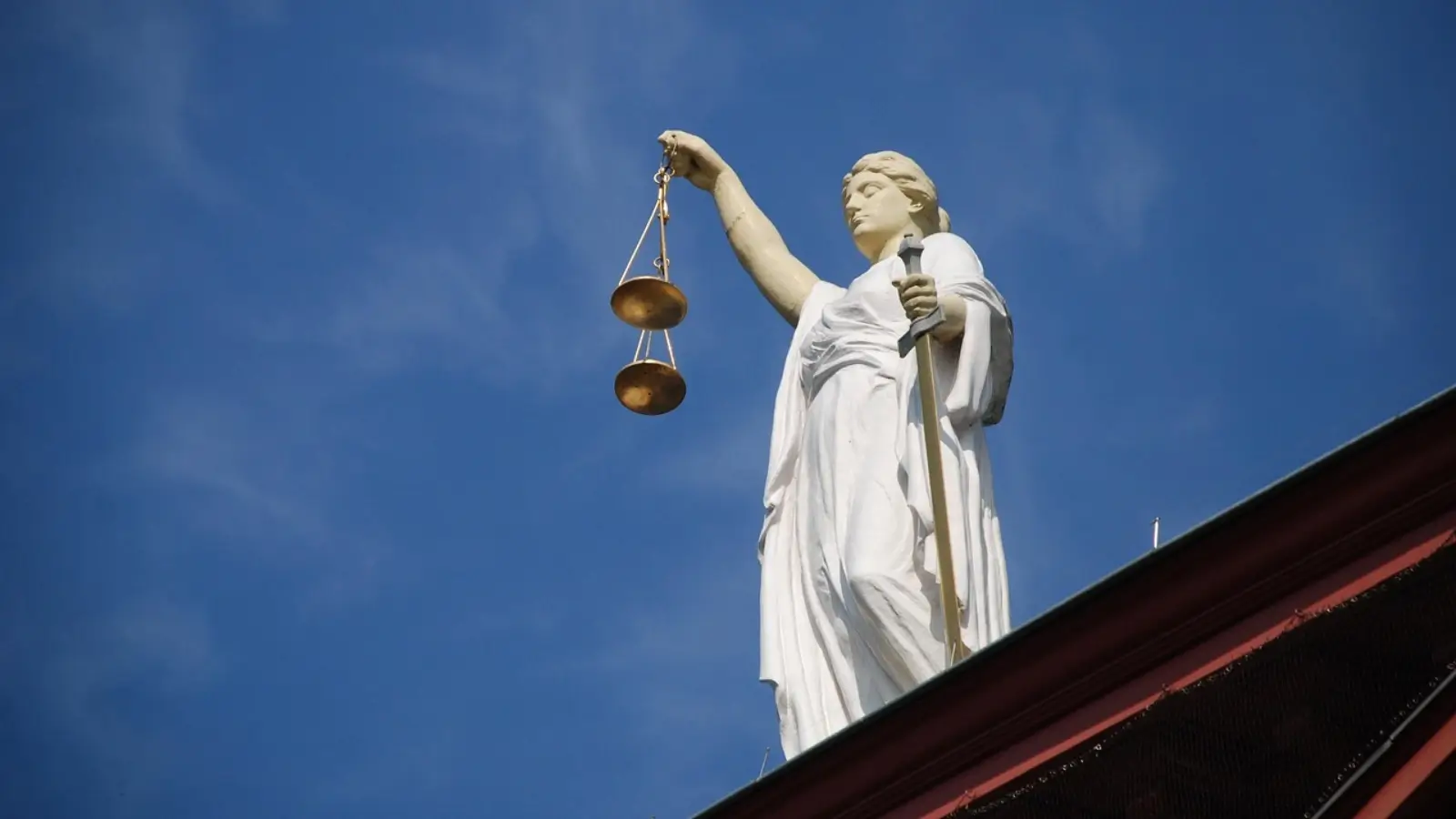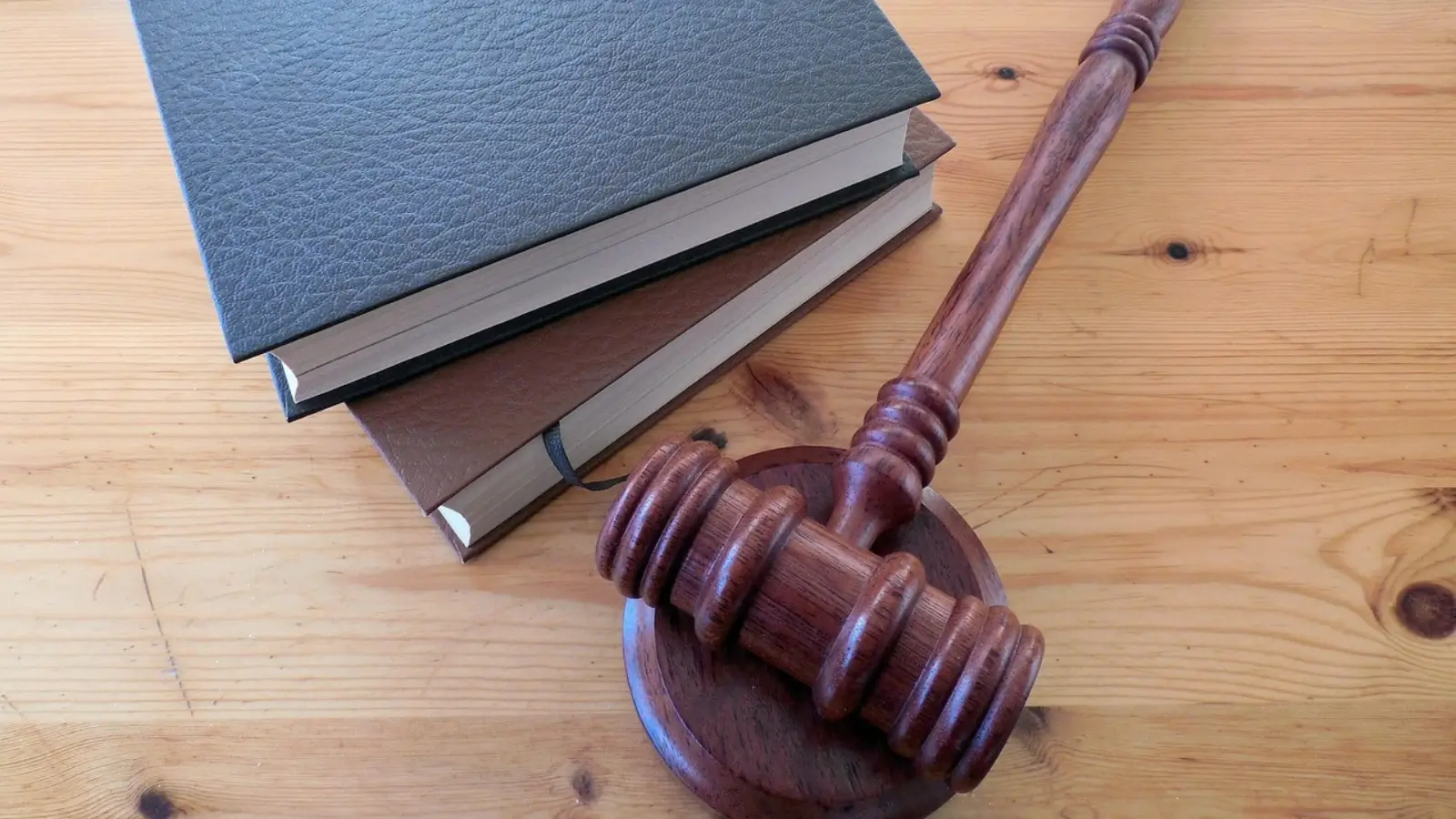As rideshare services grow in popularity across Houston, so does the complexity of pedestrian injury claims involving them. A Houston personal injury attorney can identify whether the driver, platform, or another party is financially responsible. Analyzing these cases reveals how modern transportation services are reshaping personal injury law.
The Rise of Rideshare Services and Pedestrian Safety Concerns
Explosive Growth in Urban Transportation
Rideshare services have revolutionized urban transportation, offering convenience and accessibility to millions of users worldwide. Companies like Uber and Lyft have experienced exponential growth, transforming how people navigate cities. This rapid expansion, however, has brought with it a host of new challenges, particularly in the realm of pedestrian safety.
Increased Traffic and Distracted Driving
As more rideshare vehicles flood city streets, the potential for pedestrian accidents has risen dramatically. Drivers, often relying on smartphone apps for navigation and passenger pickup, may be more prone to distraction. This divided attention can lead to decreased awareness of pedestrians, especially in high-traffic areas or during peak hours. In the event of an accident, consulting a skilled pedestrian accident lawyer can be crucial to protecting your rights and securing fair compensation.
Regulatory Gaps and Safety Measures
The meteoric rise of rideshare services has outpaced regulatory frameworks in many jurisdictions. This lag has created a gray area regarding liability and safety standards. While traditional taxi services often undergo rigorous safety checks and driver training, rideshare companies have faced criticism for their less stringent vetting processes. As a result, concerns have been raised about the overall safety culture within the rideshare industry and its impact on pedestrian well-being.
Factors Complicating Liability in Rideshare-Related Pedestrian Accidents
Multiple Parties Involved
When a rideshare vehicle strikes a pedestrian, determining liability becomes complex due to the number of parties involved. The driver, ride-sharing company, and other third parties may share responsibility. This multi-faceted scenario often leads to lengthy investigations and disputes over who bears primary fault.
Driver Status and Insurance Coverage
A critical factor in these cases is the driver's status during the accident. Was the driver actively engaged in a ride, waiting for a fare, or using the vehicle for personal reasons? The answer impacts which insurance policy applies - the driver's policy or the rideshare company's commercial coverage. This distinction can significantly affect the compensation available to injured pedestrians.
Evolving Legal Landscape
The relatively new nature of rideshare services means that laws and regulations are still catching up. Different jurisdictions may have varying rules regarding rideshare company liability, making it challenging to establish consistent legal precedents. This evolving landscape can lead to uncertainty in determining fault and compensation in pedestrian accidents involving rideshare vehicles.
Technology and Data Issues
Rideshare companies rely heavily on technology, which introduces unique complications. Questions may arise about the accuracy of GPS data, the functionality of the app at the time of the accident, or whether the driver was distracted by the app interface. Accessing and interpreting this data can be crucial in establishing liability, but may require specialized expertise.
Navigating the Legal Landscape: Identifying Liable Parties
Multiple Potential Defendants
Determining liability can be complex when a pedestrian is injured in a rideshare-related accident. Multiple parties may bear responsibility, including the rideshare driver, the rideshare company, other motorists, or even pedestrians. Each case requires a thorough investigation to identify all potentially liable parties.
Rideshare Driver Liability
Rideshare drivers are typically considered independent contractors, not employees. This distinction can impact liability, as the driver's insurance may be primary in some situations. However, if the driver was actively engaged in a ride or en route to pick up a passenger, the rideshare company's insurance may come into play.
Rideshare Company Responsibility
Companies like Uber and Lyft maintain substantial insurance policies to cover accidents involving their drivers. The extent of coverage often depends on the driver's status at the time of the incident. For example, coverage may differ if the driver waits for a ride request versus actively transporting a passenger.
Third-Party Involvement
Other motorists or external factors may sometimes contribute to the accident. Identifying these additional liable parties is crucial for ensuring full compensation for the injured pedestrian. This may involve analyzing traffic camera footage, witness statements, and expert accident reconstruction.
Final Thoughts
As rideshare services continue to grow, the legal landscape surrounding pedestrian accidents involving these vehicles remains complex. You must be aware of the potential liability challenges that can arise in such cases. Understanding your rights and responsibilities is crucial whether you are a pedestrian, rideshare driver, or passenger. Seeking legal counsel from an experienced Houston personal injury attorney specializing in rideshare-related accidents can help navigate the intricate web of insurance policies, company regulations, and local laws.

















